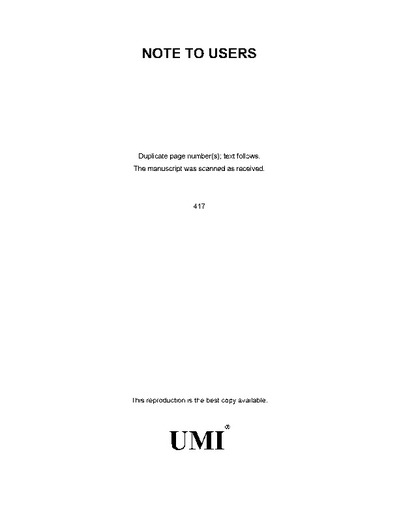| dc.description.abstract | This dissertation examines the relationship between selected Iron Age cultic sites found in the land of Canaan and their material cultures. The resulting data allows the creation of tentative paradigms reflecting the material culture found in Iron Age temples, chapels, votive shrines, and offertory shrines. The paradigms are then applied to Megiddo 2081, concluding that it was a chapel and not a mere corner shrine.
After an introductory chapter, chapter 2 surveys the history of research on the investigation of cult centers in ancient Palestine. This chapter traces the maturation of archaeological investigation of the Canaanite and Israelite cult centers by biblical and Syro-Palestinian archeologists of the twentieth century. Chapter 3 surveys the material culture of the Iron Age cult centers found at Shean strata VI-V, Sarepta Shrines 1 and 2, Hazor 3283, Khirbat al-Mudayna, Tell Qasile temples 319, 200, 131 and 300, and the cultic room at Taanach.
Chapter 4 established definitions for a "temple," a "chapel," and "shrine" based upon the architectural grandeur of the buildings. The chapter also discusses the presence of jewelry in a cultic matrix concluding that these finds indicate that an idol may have stood in the cult center. Finally, the chapter develops tentative artifactual paradigms for a temple, a chapel, an offertory shrine, and a votive shrine. Chapter 5 applies the tentative paradigms to Megiddo 2081 where the architecture is uncertain. The paradigms show that the cultic assemblage at Megiddo 2081 resembles most closely a chapel assemblage. A concluding chapter summarizes the dissertation.
The dissertation also has five appendices. Appendix 1 establishes a relative chronology and valid loci from Beth Shean. Appendix 2 provides a listing of the artifacts according to provenance in the order of the database artifact number. Appendix 3 groups the artifacts according to loci. Appendix 4 contains the plates which illustrate the arguments of the dissertation. Appendix 5 has tables which show the statistical similarities between the paradigms and Megiddo 2081. | en_US |

